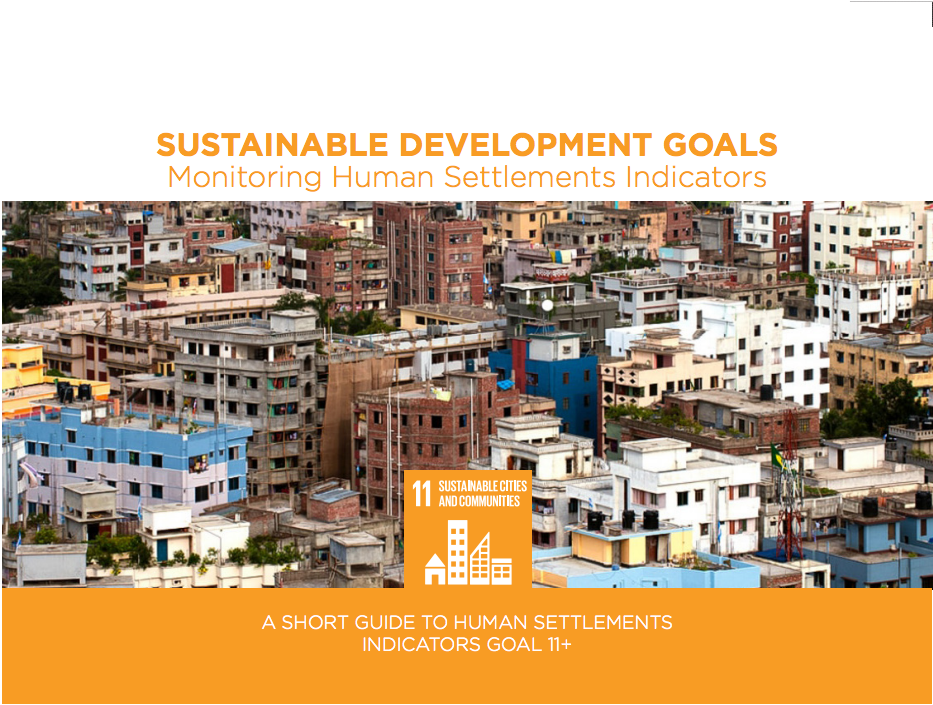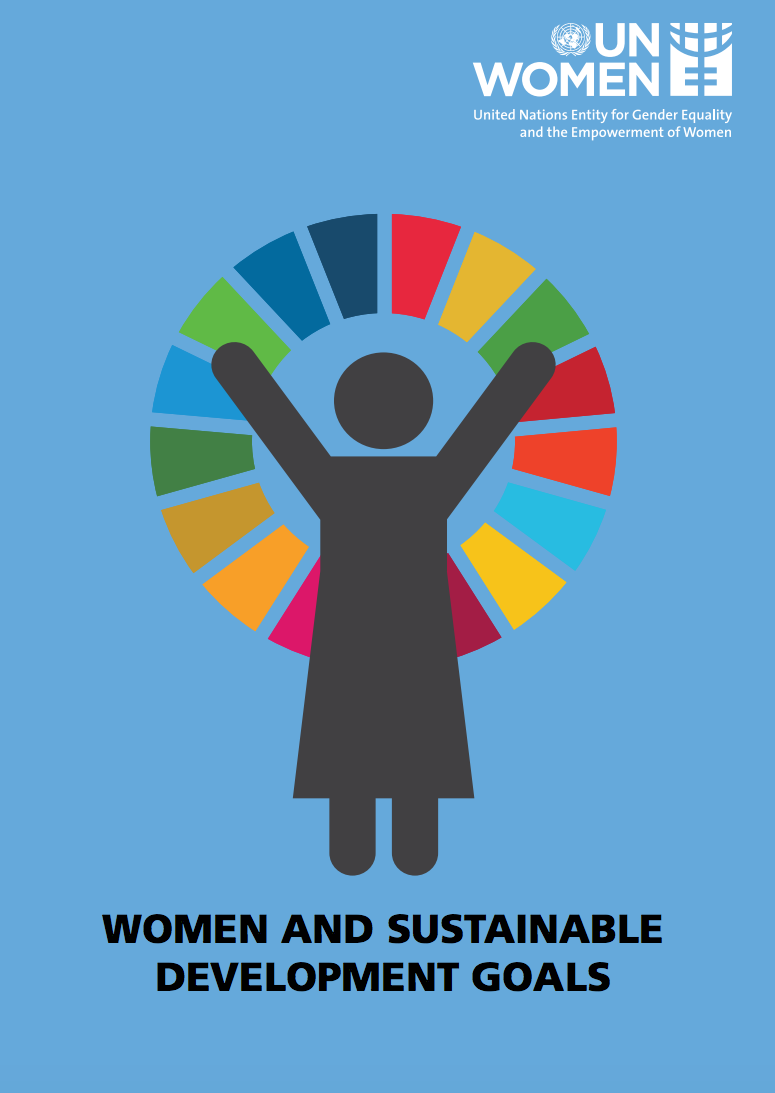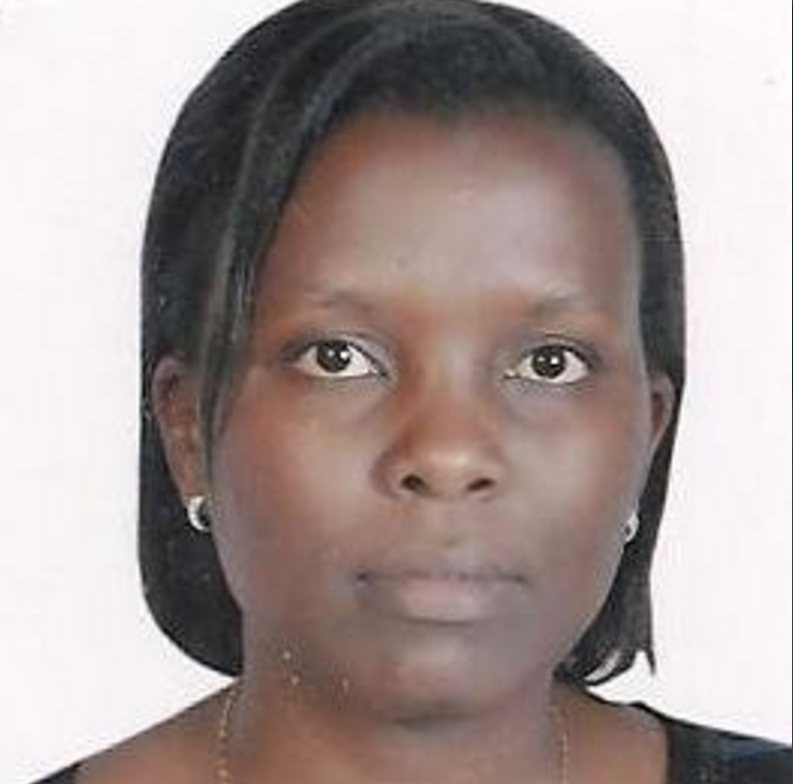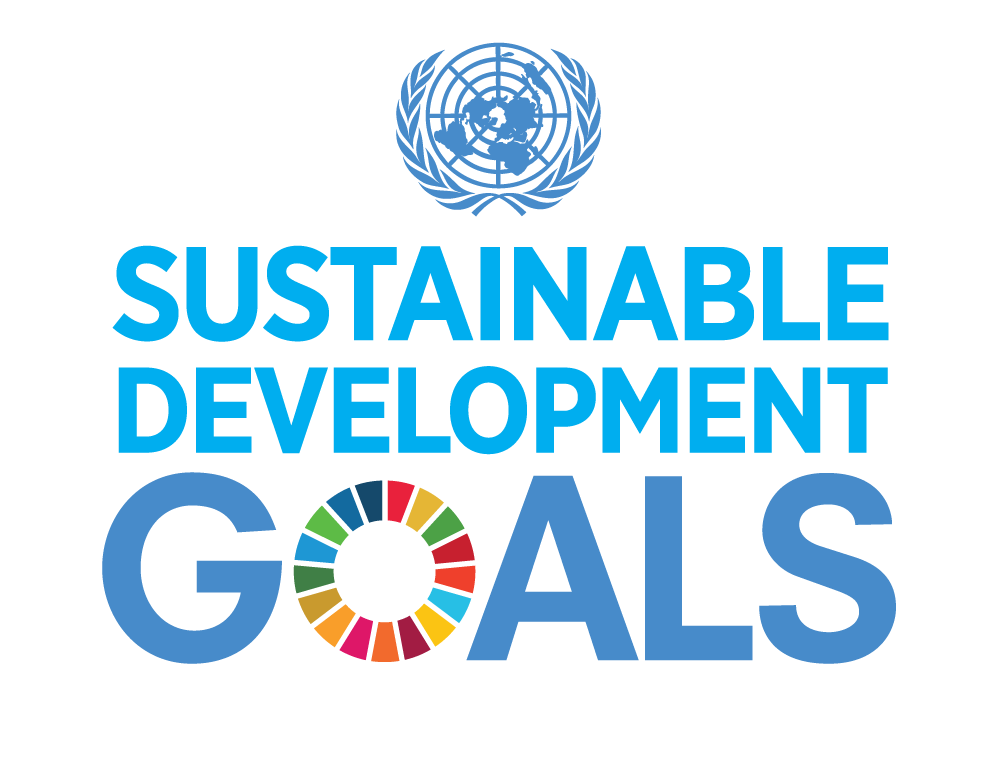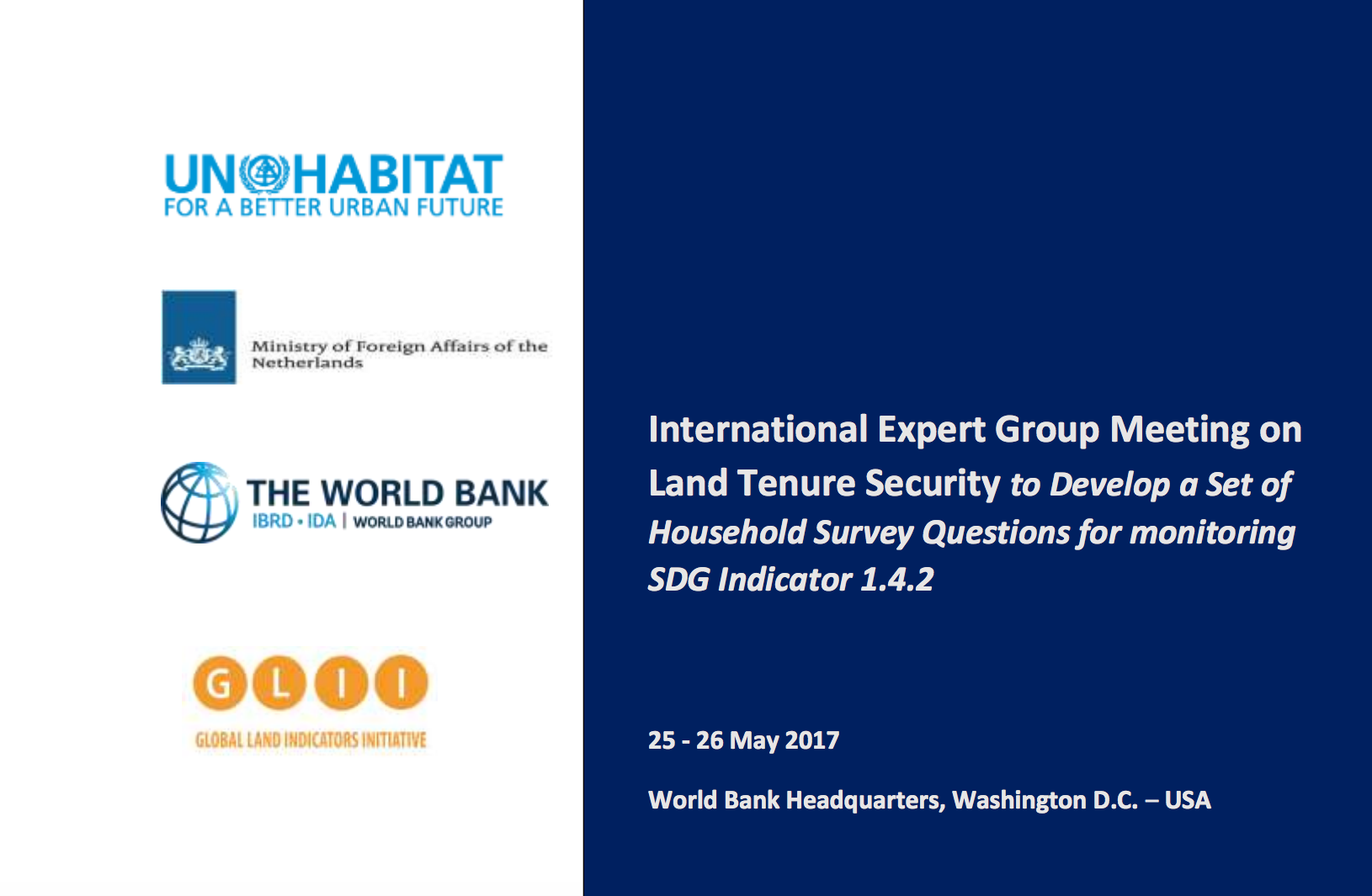Nicholas joined the Land Portal in September 2016 as a Research Analyst. Previously, he worked at the World Resources Institute (WRI), an environmental think tank in Washington D.C. At WRI, he assessed the land tenure security of indigenous and community lands for LandMark, a global platform of community lands. He also examined and wrote about expropriation laws and practices as well as environmental regulatory frameworks for WRI's The Access Initiative. In 2012-2013, Nicholas worked for the Law Reform Commission of Liberia in Monrovia and Oxfam India in New Delhi, where he conducted legal research related to land tenure, local governance, and other issues. He has a B.A.in Economics and Political Studies from Pitzer College and Doctor of Jurisprudence (JD) from Indiana University Maurer School of Law. Currently, he is pursuing at PhD at the University of Groningen Faculty of Law. His dissertation will focus on whether national expropriation, compensation, and resettlement laws in developing countries are adopting international standards designed to secure tenure rights and ensure responsible land governance.
Details
Location
Contributions
Displaying 51 - 60 of 72Sustainable Development Goals: Monitoring Human Settlements Indicators
Today, more than half the world’s population lives in cities. By 2030, it is projected that 6 in 10 people will be urban dwellers. By 2050, the figure will have risen to 6.5 billion people; representing two-thirds of all civilization. Taking into account the increasing rural to urban migration and the rapid growth of cities in the developing world, it is clear that cities face a myriad of problems that may hinder planned growth and development.
Women and Sustainable Development Goals
On 25 September, the United Nations General Assembly adopted the 2030 Agenda for Sustainable Development as the agreed framework for international development. It is the successor to the Millennium Development Goals (MDGs). However, unlike the MDGs, the 2030 Agenda presents a much wider scope by deliberately and more fully incorporating economic and environmental sustainability, as well as the aspiration of many countries for peaceful and inclusive societies. The agenda also applies to all countries rather than just the developing countries.
Mireille Biraro
Assistant Lecturer in the Department of Land Administration and Management at INES - Ruhengeri (Rwanda)
MSc in Land Administration, Twente University
India: Land Governance Country Narrative (Full Report)
Land is an important source of identity and a precious asset with significant emotional connection in India. It is also the main source of rural and feudal power structure for most of India’s history. Land is a symbol of social status, cultural identity and an expression of political power. The value of land is deeply ingrained in the consciousness and well-being of the poor farmers and indigenous communities who make up a substantial portion of India’s total population.
NRMC
NRMC is a technical and managerial advisory firm in the development sector that provides evidence-based solutions for sustainable, equitable and inclusive development.
Established in 2004, NRMC is engaged in creating impactful solutions that make a difference to the society. We achieve results at scale by catalyzing partnership with clients and communities. We believe in ethical business, nurturing talent to be courageous to push the limits of knowledge and discovering new ways of doing things.
Sustainable Development Goals: The Global Indicator Framework
•Indicator Framework Mandate
•Inter-agency and Expert Group on Sustainable Development Goal Indicators (IAEG-SDGs)
•The Global Indicator Framework
•Follow-up and reviews of the global indicators
•Relationship between global, regional and national indicators
•Data custodian agencies
•IAEG-SDG work programme for 2017
•IAEG-SDG reference materials
Tier Classification for Global SDG Indicators
This document contains the updated tier classification, based on changes made by the Inter-agency and Expert Group on SDG Indicators (IAEG-SDGs) following its 3rd (March 2016), 4th (Nov. 2016) and 5th (March 2017) meetings. The tier classification of many indicators is expected to change as methodologies are developed and data availability increases. Therefore, the IAEG-SDGs has developed a mechanism to annually review the tier classification at its Fall (or 4th quarter) meetings. The updated tier classification is expected to be released following those meetings unless otherwise noted.
International Expert Group Meeting on Land Tenure Security to Develop a Set of Household Survey Questions for Monitoring SDG Indicator 1.4.2
The World Bank Group and UN-Habitat as co-custodians of the SDG Indicator 1.4.2, in collaboration with the Global Land Indicator Initiative (GLII) organized an international Expert Group Meeting (EGM) at the World Bank Headquarters in Washington D.C. from 25 -26 May 2017 in preparation for the reclassification process of the SDG Indicator 1.4.2.
Key Messages and Recommendations for the Expert Group Meeting on Women's Land Rights
We are a diverse group, women and men, from all regions of the world who came together in this EGM convened by Global Land Indicators Initiative, UN Habitat, Oxfam, Landesa, Huairou Commission and UN Women. We are from governments including national statistical organizations and land agencies, multi-lateral agencies, civil society organizations, including women’s organizations and groups that met on July 8 – 9, 2017 to discuss women’s land rights in the context of the SDGs.
UN High-Level Political Forum Side Event- July 10 2017
The UN-Habitat, World Bank and the Global Land Tool Network (GLTN) host of the Global Land Indicators Initiative (GLII) 1 in collaboration with Global Donor Working Group on Land (GDWGL)2 jointly hosted a side event titled Land Tenure Security Monitoring in the SDGs: Leaving no one behind at the 2 nd High-level Political Forum on Sustainable Development (HLPF).


